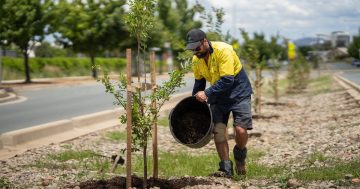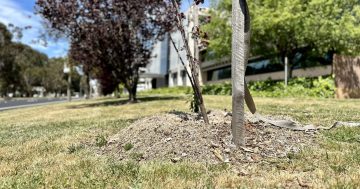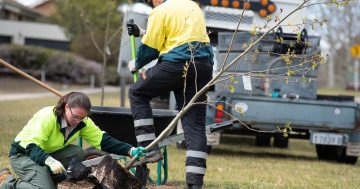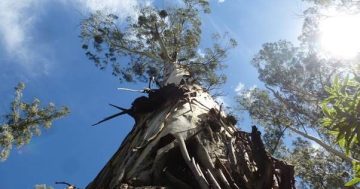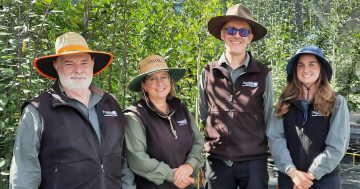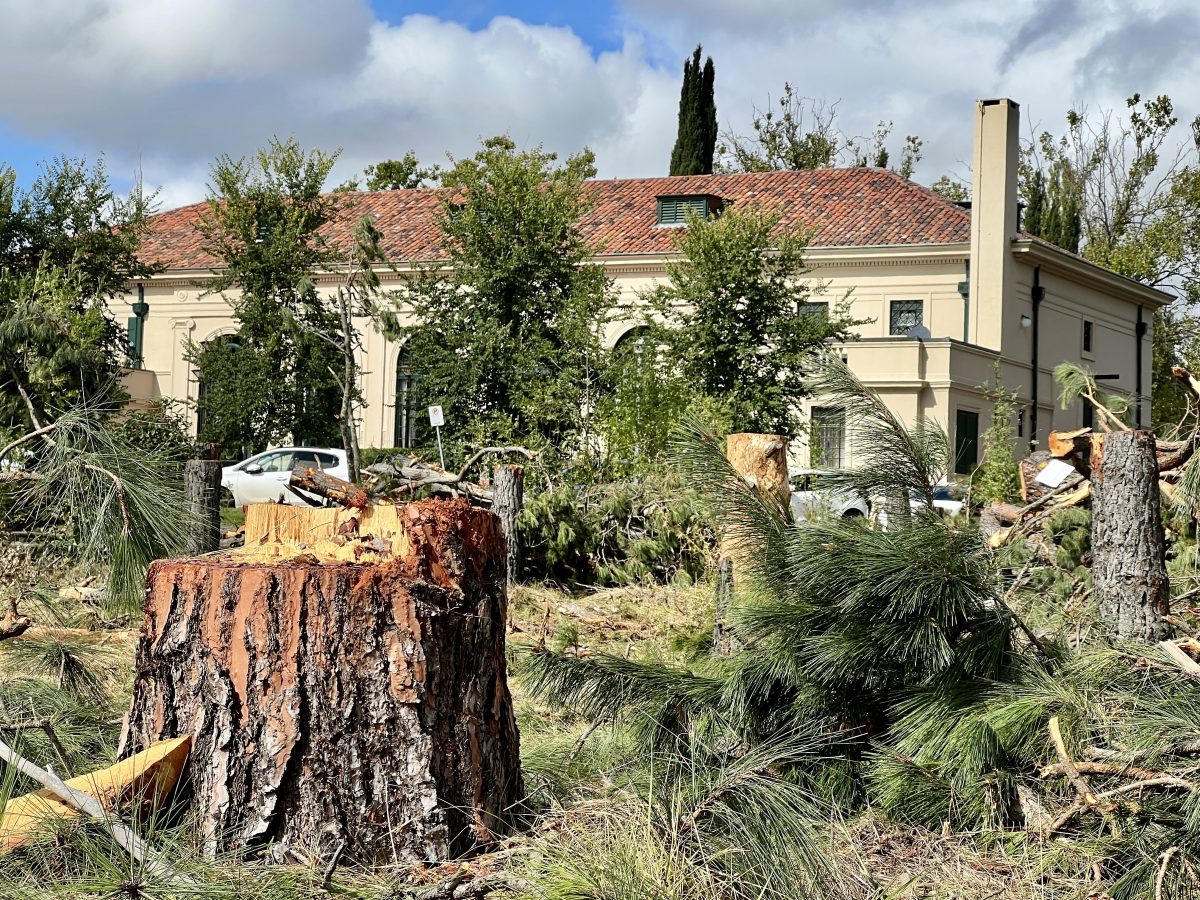
The circa-160 pine trees are regarded as a weed species. Photo: James Coleman.
A small forest of pine trees near the Albert Hall is being razed to the ground ahead of new plantings, as the ACT Government gets to work on its tough new tree protection policy.
The City Services directorate began removing about 160 Pinus radiata trees from the Yarralumla site closest to Flynn Drive on Monday, 27 March, but is promising to replace each and every one in light of a new ‘Urban Forest Strategy’.
A spokesperson described the trees as “dead and dying”.
“The trees that will be removed have reached the end of their safe and useful life and, as they are classified as a weed species, they will be replaced with an alternate species,” the City Services spokesperson said.
The trees, together with their stumps and roots, will be removed over the coming weeks, and the soil prepared to take about 50 new trees of the Pinus species and other deciduous trees.
“Replanting will take place later in the year when the soil is in a good condition to ensure healthy growth of the new trees,” the spokesperson said.
The smaller number is to avoid overcrowding and ensure there’s still a view through the trees out to Lake Burley Griffin.
The difference in the tree numbers will be made up by planting new trees in nearby suburbs during the autumn and spring tree-planting programs. This is to satisfy up-and-coming requirements under the new Urban Forest Bill 2022, passed in the ACT Legislative Assembly on 30 March.
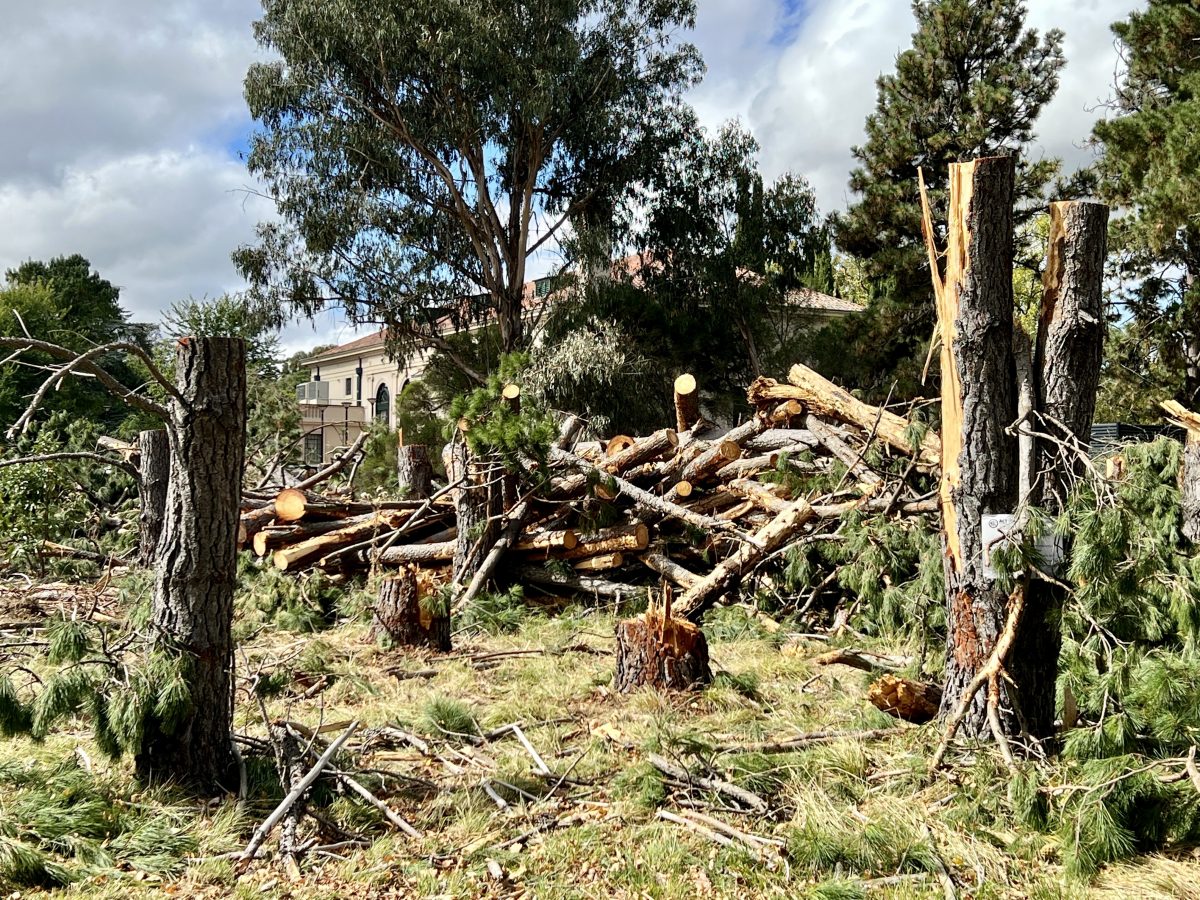
The government will make up for trees that can’t be replaced on-site with trees in other suburbs. Photo: James Coleman.
The new rules, which come into effect from 1 January 2024, are designed to grow Canberra’s tree canopy cover to 30 per cent by 2045.
They include all trees on public land (regardless of size) and all trees on private land that are either more than eight metres tall, have a canopy over eight metres wide, or have a trunk circumference of more than 1.4 metres covered. This is down from 12 metres tall, or with a canopy 12 metres wide in the current Act.
Homeowners who remove a tree on their property would need to plant an additional two trees or pay $600 per tree they cannot replant.
Property developers would be subject to even stricter requirements to make up for lost canopy cover. Depending on the size and location of the tree they want to remove, they could pay up to $14,980 for removing a tree in a high-density area if they’re not able to replace it.
There’ll also be a new ‘tree bond system’ to ensure trees are not damaged during construction work. Developers who risk damaging trees as part of their work will be required to pay the value of the tree in a bond. This is then returned no sooner than one year after construction work has finished, and once a tree protection officer has confirmed the tree has not been damaged.
The government itself has committed to planting 54,000 trees across the ACT by 2024, funded by those who can’t replace their trees.
“This is about establishing the right protections and incentives to keep the trees that give Canberra its character as our city grows and develops,” Minister for Transport and City Services Chris Steel said.
“This legislation will also save more trees from poor development practices with significant penalties for damaging trees before, during and after work takes place.”
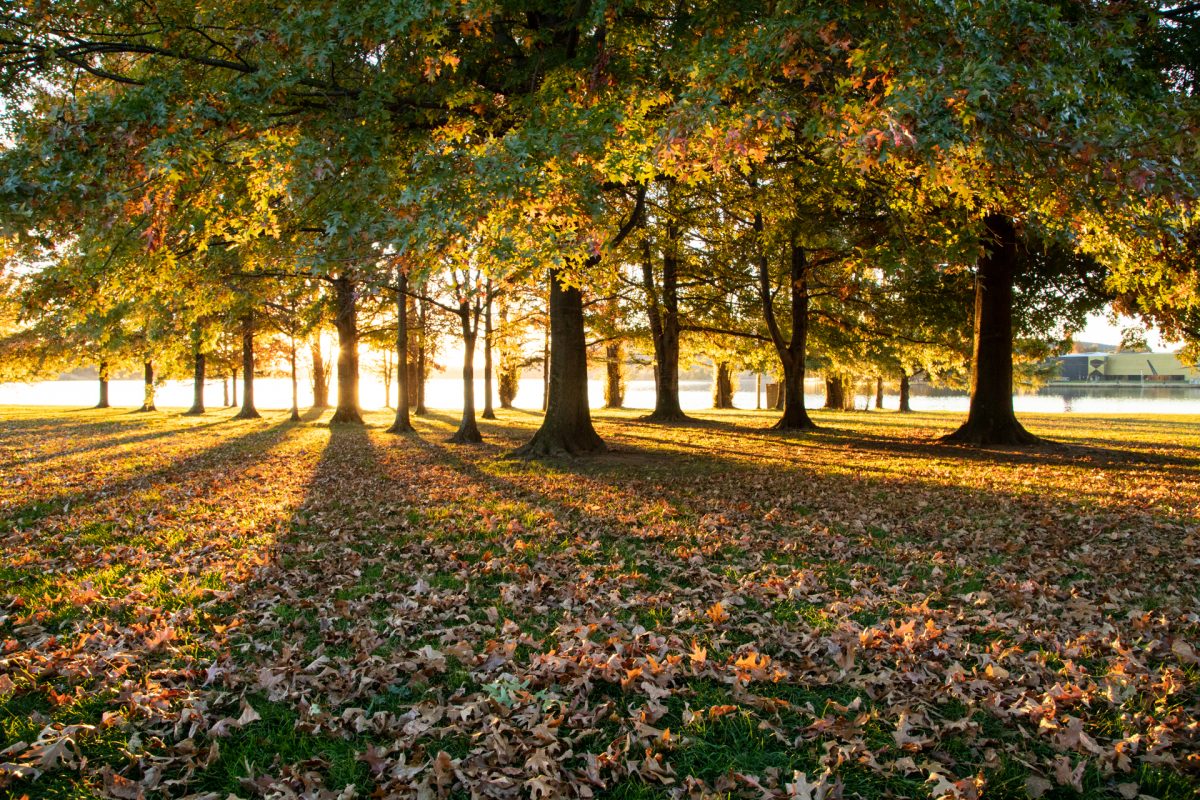
The new rules include all trees on public land. Photo: Michelle Kroll.
Members of the public will be able to nominate trees for their “ecological significance”, in addition to their landscape, aesthetic, cultural and scientific value. These will be added to an expanded ACT Tree Register.
“Canberra’s trees are what makes our city one of the most liveable in the world – they cool our homes and streets, clean the air we breathe and provide important habitats for our wildlife,” Mr Steel said.
The government will spend the rest of the year raising awareness of the new legislation and how it affects residents and businesses, as well as building a new IT system for the ACT Tree Register.
The Bill is said to have been developed through “extensive community and stakeholder consultation” and took on board feedback from 80 submissions.












